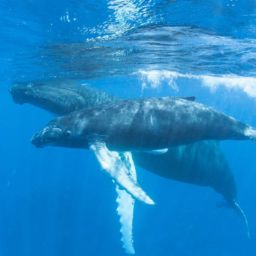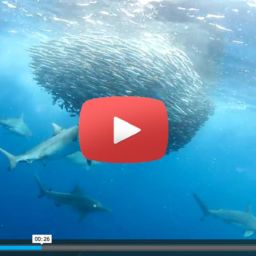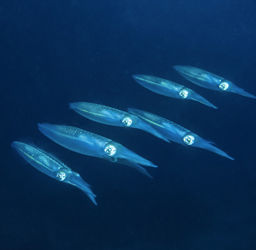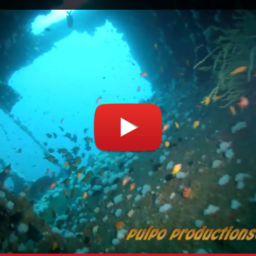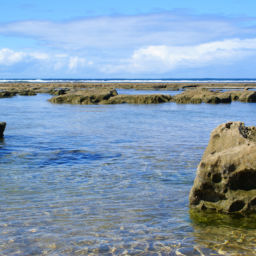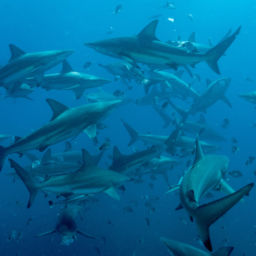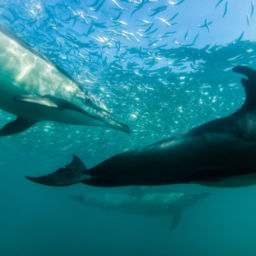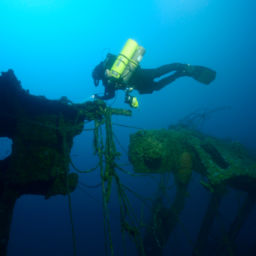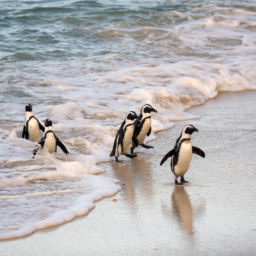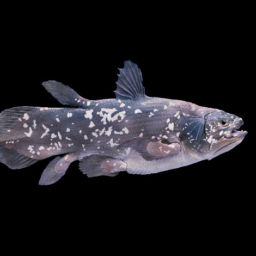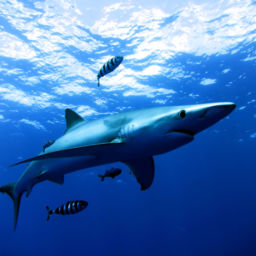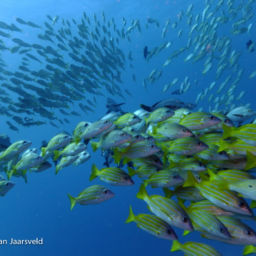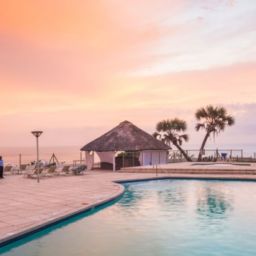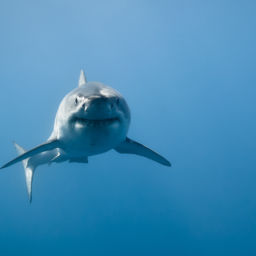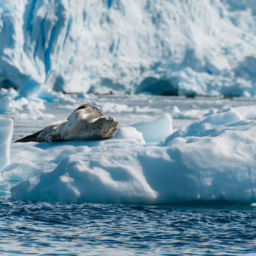The sardine run along the coast of South Africa is one of the largest marine-life migrations on earth. Masses of sardines traveling north form large shoals, resulting in a feeding frenzy for predators and a captivating show for divers and snorkelers. Here are a few top tips on the sardine run in South Africa.
Where and when?
Every year between May and August, billions of sardines spawn in the cool waters of the Agulhas Bank and travel along the east coast of South Africa. They follow a cool current heading from Agulhas Bank to Mozambique.
It’s huuuuge!
Researchers believe that the sardine run could easily rival the great wildebeest migration in East Africa in terms of biomass. Some shoals span over 4 miles (7 km) long, with a width of around .3 miles (1.5 km) and a depth of around 98 feet (30 m).
The bait-ball phenomenon
Sardines are extremely sensitive to even the slightest change in water pressure, so when one fish in a shoal moves, the rest react. Predators use this to their advantage to move some of the fish into concentrated balls. Dolphins sometimes blow bubbles toward the ball to concentrate the fish even more before launching an attack. Sharks and Cape gannets join in the feast and the fish become lethargic as the oxygen in the surrounding water decreases, making them easy prey.
More than just sardines
The mass migration of sardines attracts a large diversity of marine predators. Divers and snorkelers may see common dolphins, Cape gannet, Cape fur seals and Bryde’s whales, along with blacktip and dusky sharks, just to name a few.
Travel buddies
Humpback whales traveling from Antarctica to Mozambique accompany the sardines on their run. Instead of joining in the run, the whales join the sardines on their way to their summer breeding grounds in the warmer waters of Mozambique.
Why are the sardines running?
The honest answer is: No one knows. A number of hypotheses (some of them contradictory) try to explain this phenomenon. While some researchers believe that a sub-population of sardines might be participating in a reproductive migration, others believe that it isn’t a migration at all and that currents, winds and upwellings are pulling the sardines north.
They like it cold
Sardines prefer cooler water, between 57 and 68 F, (14 and 20 C) and scientists think that the water temperature must drop below 70 F (21 C) for the migration to take place. Water along the southeastern coast of South Africa drops down to these temperatures during the country’s winter months. The warm Agulhas Current relaxes between May and August, allowing cooler water to move north from Agulhas Bank toward South Africa’s Wild Coast and KwaZulu-Natal.
The time the sardines didn’t run
The number of sardines taking part in the run dwindled drastically around 2013, with sardines arriving later than usual. Scientists thought that the annual run might be over, but the sardines persisted and 2018 was one of the best runs in years.
Photographer and Scuba Diver Life CEO Nadia Aly captured the images in this story in 2018, and 2019 has thus far proven to be just as impressive.
Scuba-diver run
An old joke says, “If you want to experience the sardine run, you will be the one running.” As any diver knows, there’s no guarantee of specific marine life on a dive. You can schedule your dives for certain sites and certain times of the year but seeing what you came to see is never a sure thing. It is the same for the sardine run. Dive centers in the area often work along with aviation companies, fishing boats and land-based observation centers in order to track and find the shoals.
Some days divers can spend more than 8 hours out on the water, hoping to find a bait ball of sardines. That said, the last few years have been quite active for sardines, and your chances are good for some fantastic underwater action.
Age-old tradition
The earliest written recording of the sardine run in Durban is from 1853. The newspaper The Natal Mercury reported sightings of a large shoal of mackerel close to shore and noted that it had never been seen before. Luckily for divers, the trip has become an annual one.








